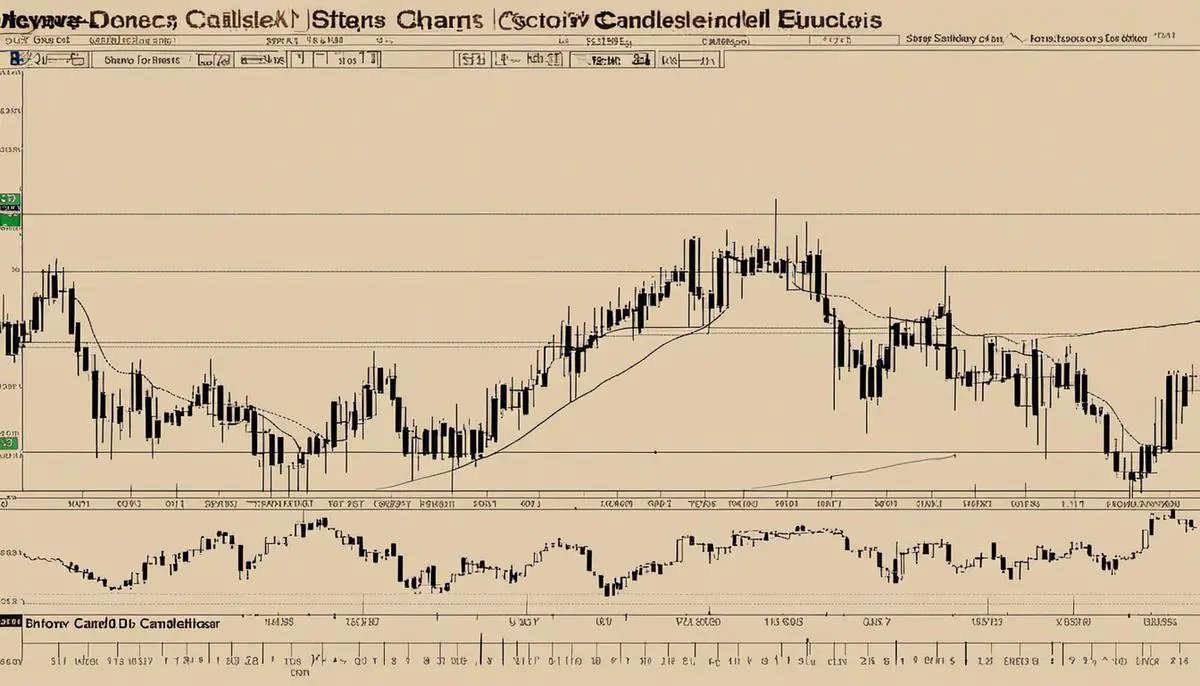Learning to trade the Forex market can be an overwhelming venture. Just like any other career or trade a person needs to learn, it takes time.
There are many parts to trading including reading charts, candlesticks, and timing. Regardless of all of that, the first thing a new trader needs to decide is what type of trader they are.
There are three general types of active trading; scalping, intraday, and swing trading. Factors that help determine the trading style are: how much time an open trade position is maintained, trade size (or position size), and the type of money management strategy that is used.
Comparing the pros and cons of all three approaches may help you decide which trading style suits you best.
The Pros and Cons of Scalping, Intraday, and Swing Trading
Scalping
Scalping is typically the shortest term style of trading in the markets, as scalpers seek to lower risk exposure by lowering their time in the market. Scalping usually yields the smallest gains per successful trade of the three styles that we will discuss.
Pros:
- Positions are typically only held for short periods of time, allowing less chance for reversals to knock out your trading position. This also means less need for patience and having to wait for a trade to close.
- Scalpers typically take profits at 1:1 risk to reward or less, allowing their strategies to achieve a higher strike rate, rather than a high reward rate.
- Because the position is typically held for a short period of time, there is also less knowledge of the Forex market, and trading strategies needed, as long-term analysis not as useful. Trends, pivot point, Fibonacci, and the like are fairly irrelevant.
Cons:
- Not all brokers allow for scalping on their platforms.
- Since good trades typically yield only 1:1 risk to reward or less, one loss can deplete the gains of several successful trades.
- Since the pip yields are often 5 pips or less, you may have to make many trades, even dozens in one day to accomplish your financial goals.
- As I mentioned before, scalpers are in a world of their own. Long term analysis from your favorite fundamental resources or indicators is generally useless in scalping. This can be a blessing or a curse.
Intraday Trading
The next trading styles, intraday trading, is more common among Forex traders. Intraday trading is also simply known as day trading and refers to holding a position for a day or less. It’s common for a day trader to actually make more than one trade in a day, and have the positions only hold for an hour to a few hours.
Pros:
- The amount of pips per day trade can range from 15-45 easily. And with a couple of good day trades in a 24-hour market, it can be easy to walk away with 100 pips in a day.
- With the time an intraday trade takes, an individual can choose from a number of strategies like price action, pivot points, or basic trend following to help them have consistency and intentionality when trading.
- Intraday is also a fairly low-risk trading. To open a position of this size may only require a small amount of capital and a stop loss of less than 10 pips, even smaller depending on the strategy used within the trade.
Cons:
- An intraday trade will need more time to move than a scalp trade, and there is less margin for error than in swing trading. Even with a good trading strategy reversals and whipsaws can quickly take out a stop loss.
- Intraday traders subject themselves to more market volatility than swing traders and stay exposed (with open positions) longer than scalpers.
- Even though some days will contain multiple trades, some days won’t offer any. A person trading an intraday strategy follows a strict set of rules, and may not always have a set up in the market.
Swing Trading
The last major form of active trading in the Forex market is swing trading. This is really a form of trading that really takes patience. Positions are held longer, but gains are massively larger.
Pros:
- The gains on a trade can be 100-250+ pips.
- Signals on the daily charts are generally more meaningful.
- Because trades are taken on daily charts, stop losses are bigger. This allows for more movement within the trade, and positions are less vulnerable to whipsaws.
- Due to the trade being kept for a longer period of time, a trader doesn’t have to sit in front of a computer all the time or check it constantly throughout the day. Swing traders typically check the market once a day, as the new candle or bar begins, each day the market is open.
Cons:
- Although swing traders have the freedom to be away from their computers while their trades are in play, the market can be very unpredictable. One forgotten or unexpected news release, and the market can turn and take your money with it.
- For swing traders, there is only one new candle or bar each day, meaning there will be fewer trades made over any given time, compared to the other two trading styles. This means you have to use a profitable trading strategy and follow your rules religiously. With as little as one trade a week or less, you cannot afford to be wrong very often.
Each style of active trading has its pros and cons. Each trading style lends itself to different levels of risk and potential reward. Choosing which style suits you best depends on a number of things, including your personal skill level, commitment, and attention span.
Successful traders must know themselves well, along with their financial, time, and personal restraints, in order to choose the trading style that best suits them. A trader may find it useful to paper trade (or demo trade) different strategies, within each different active trading style, i.e. scalping, intraday, and swing trading, to see what really fits them the best.






I like swing trading small cap stocks and etfs like TNA.
Swing trading is definitely the way to go, although small cap stocks and ETFs have their advantages and disadvantages.